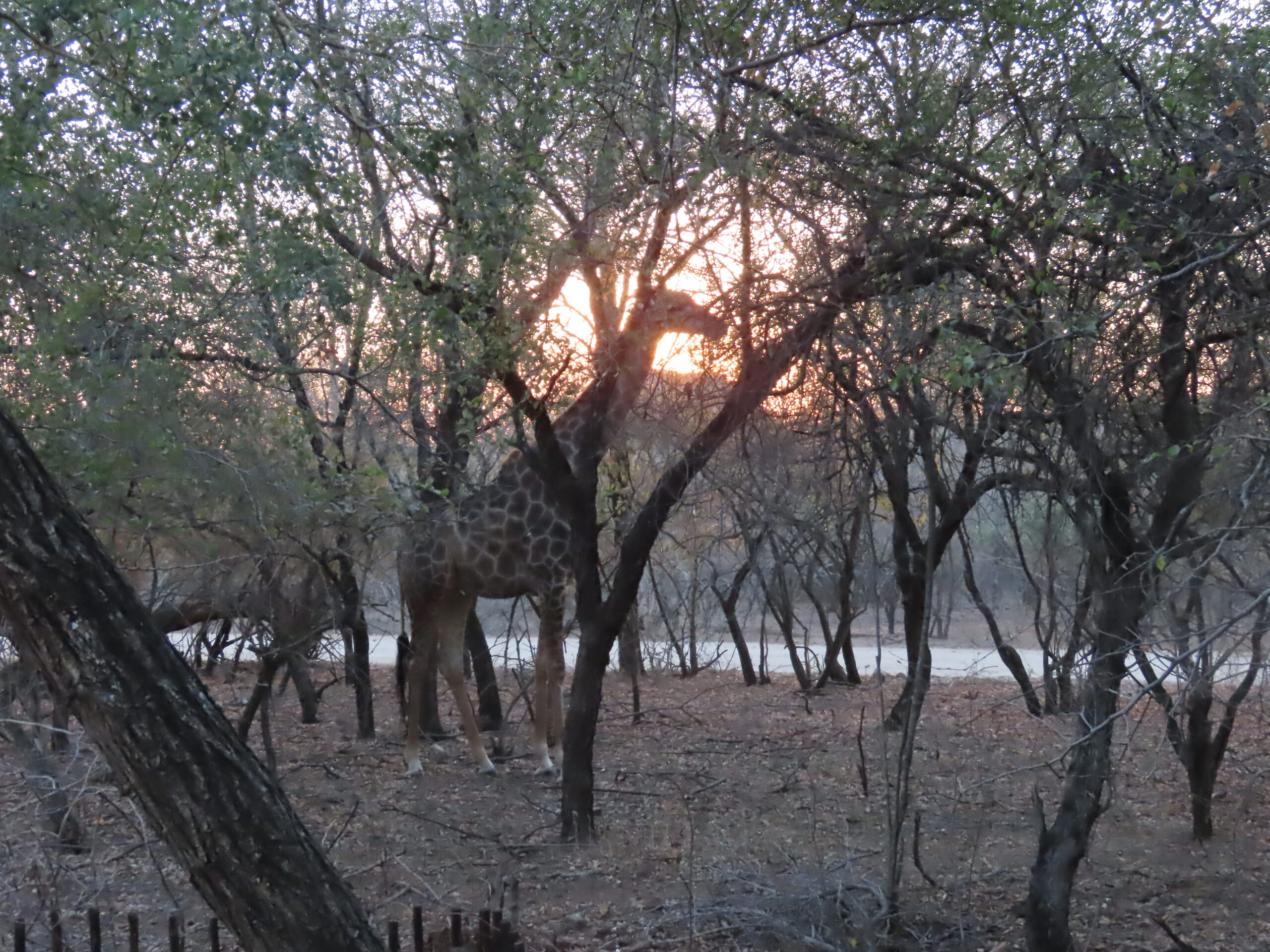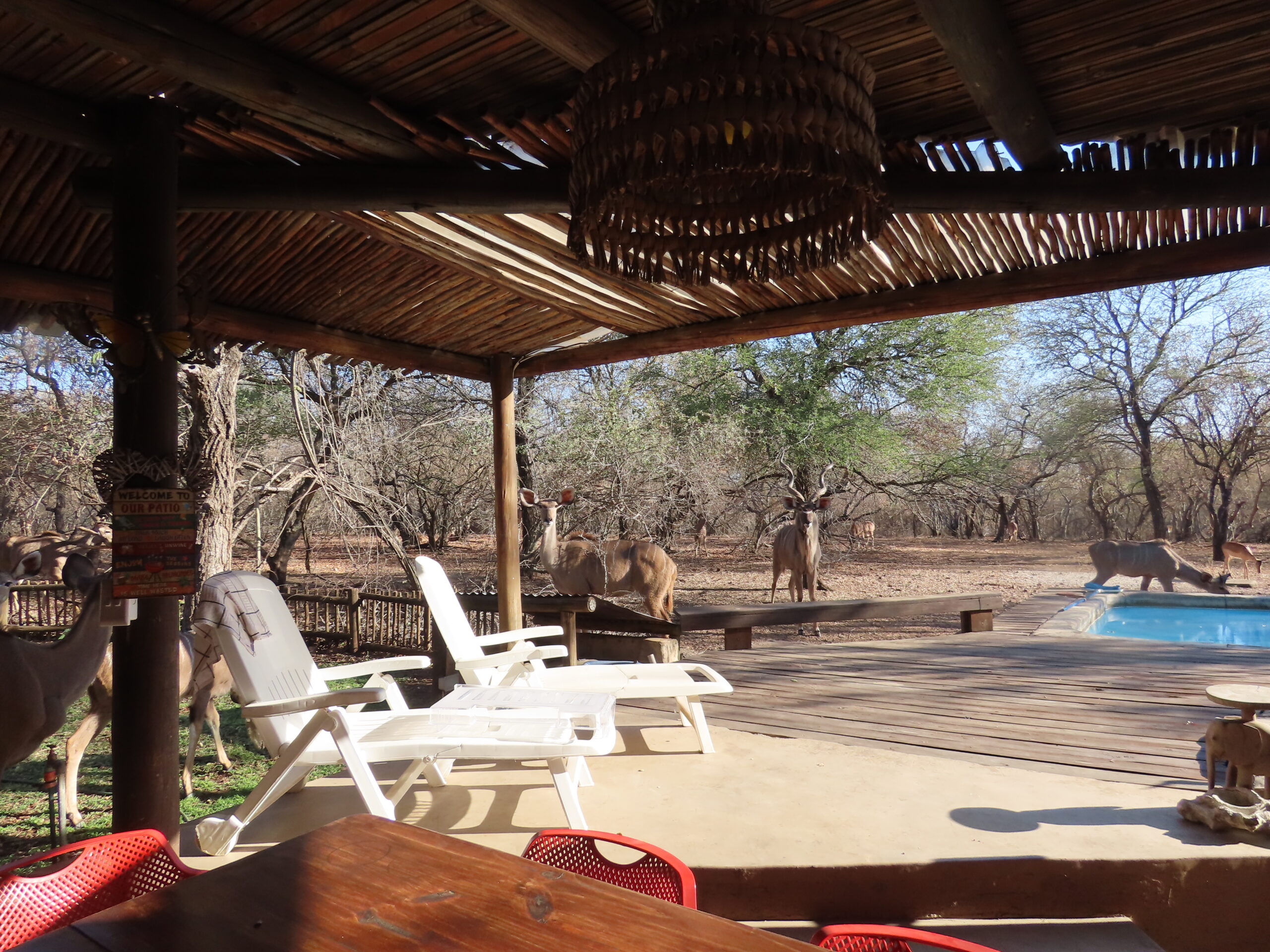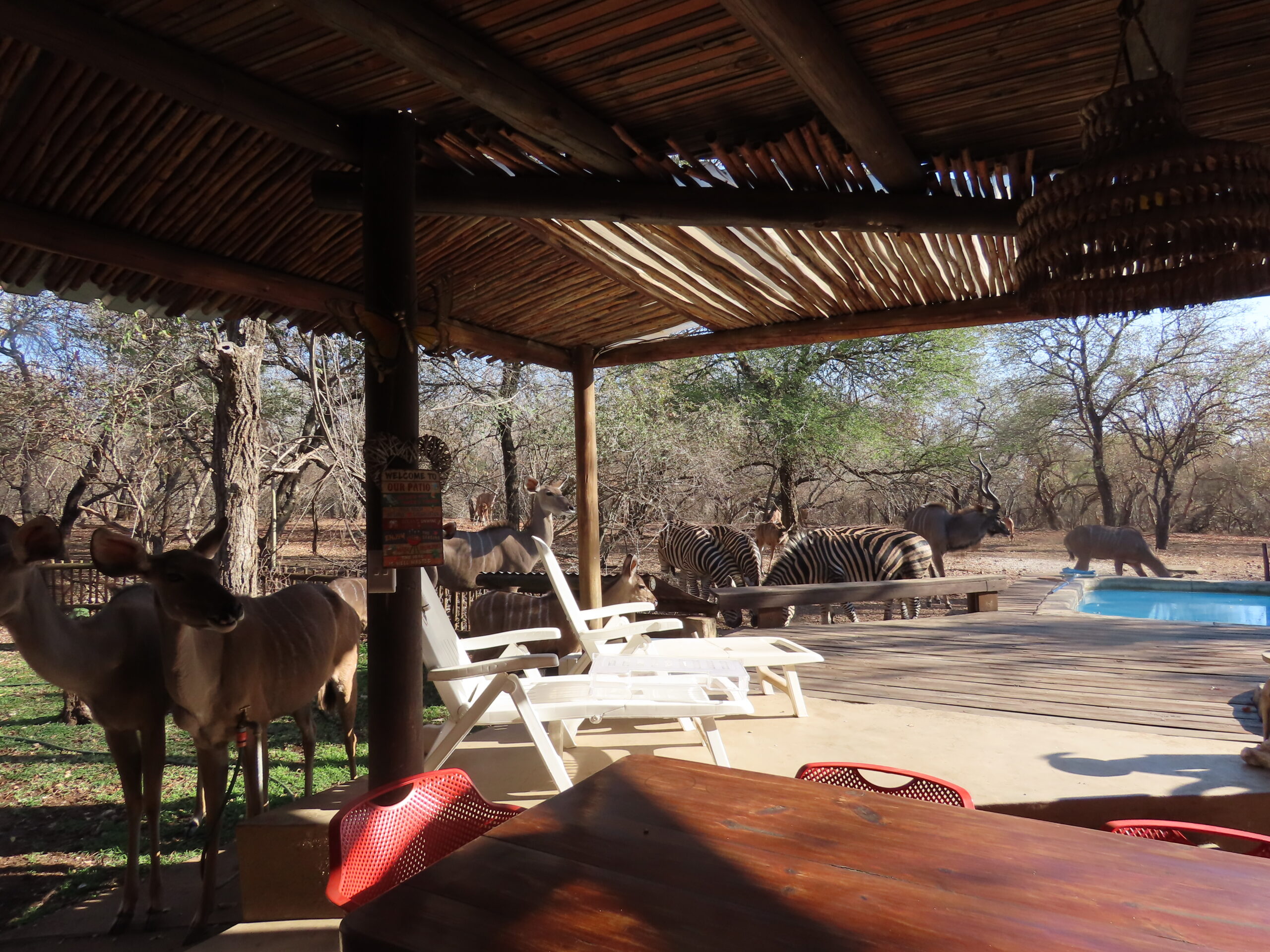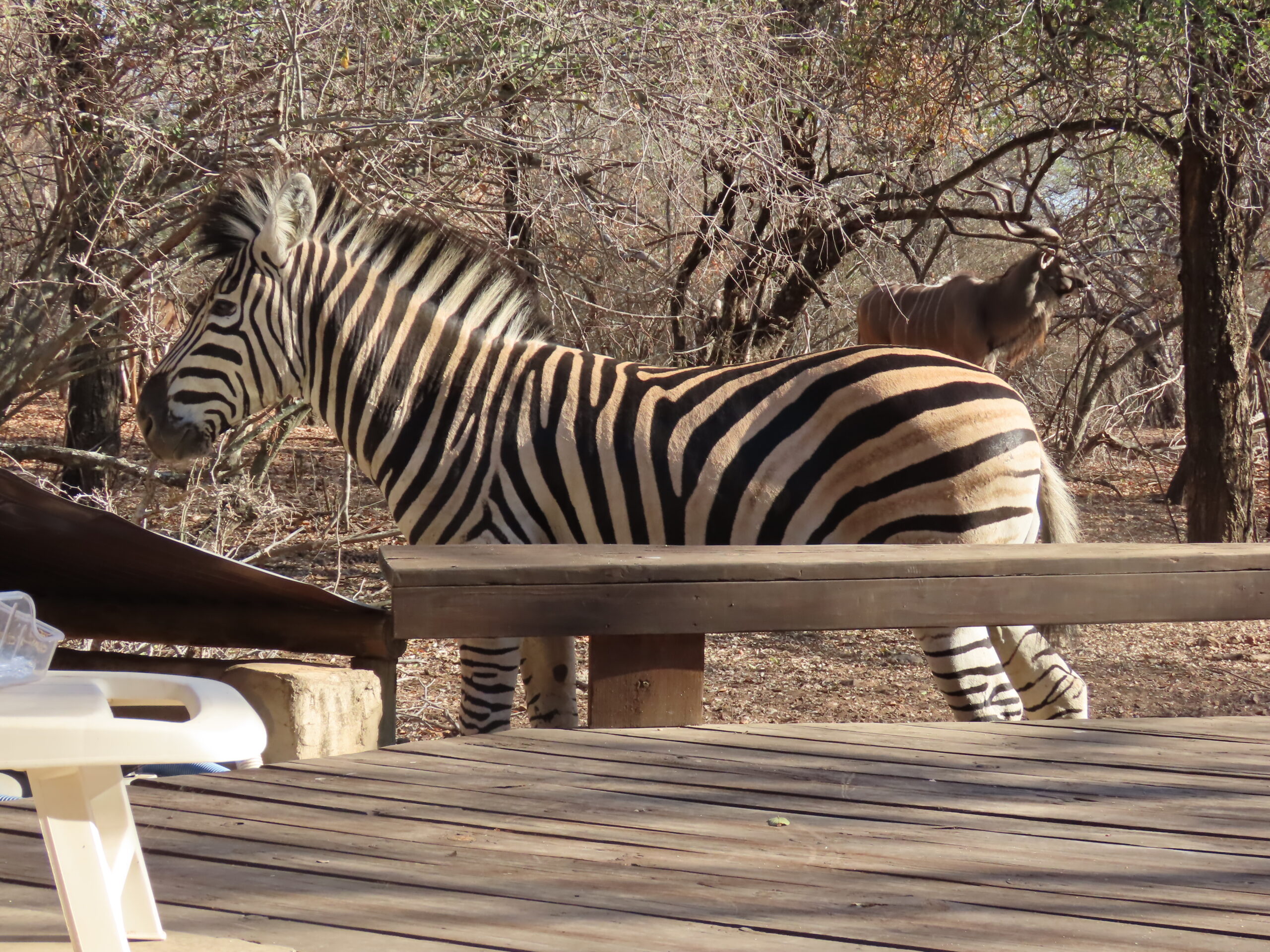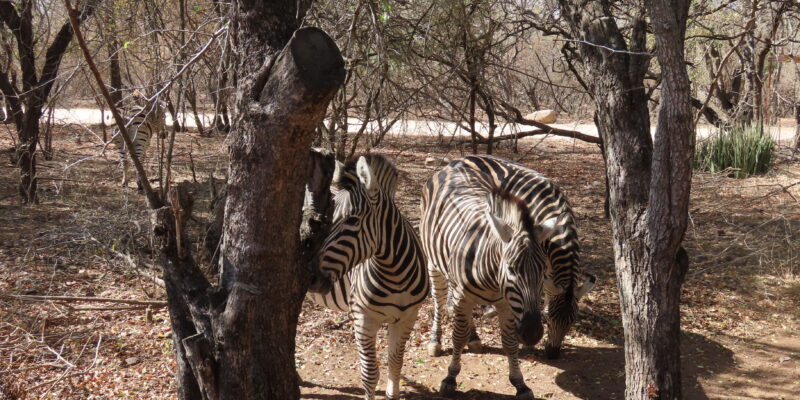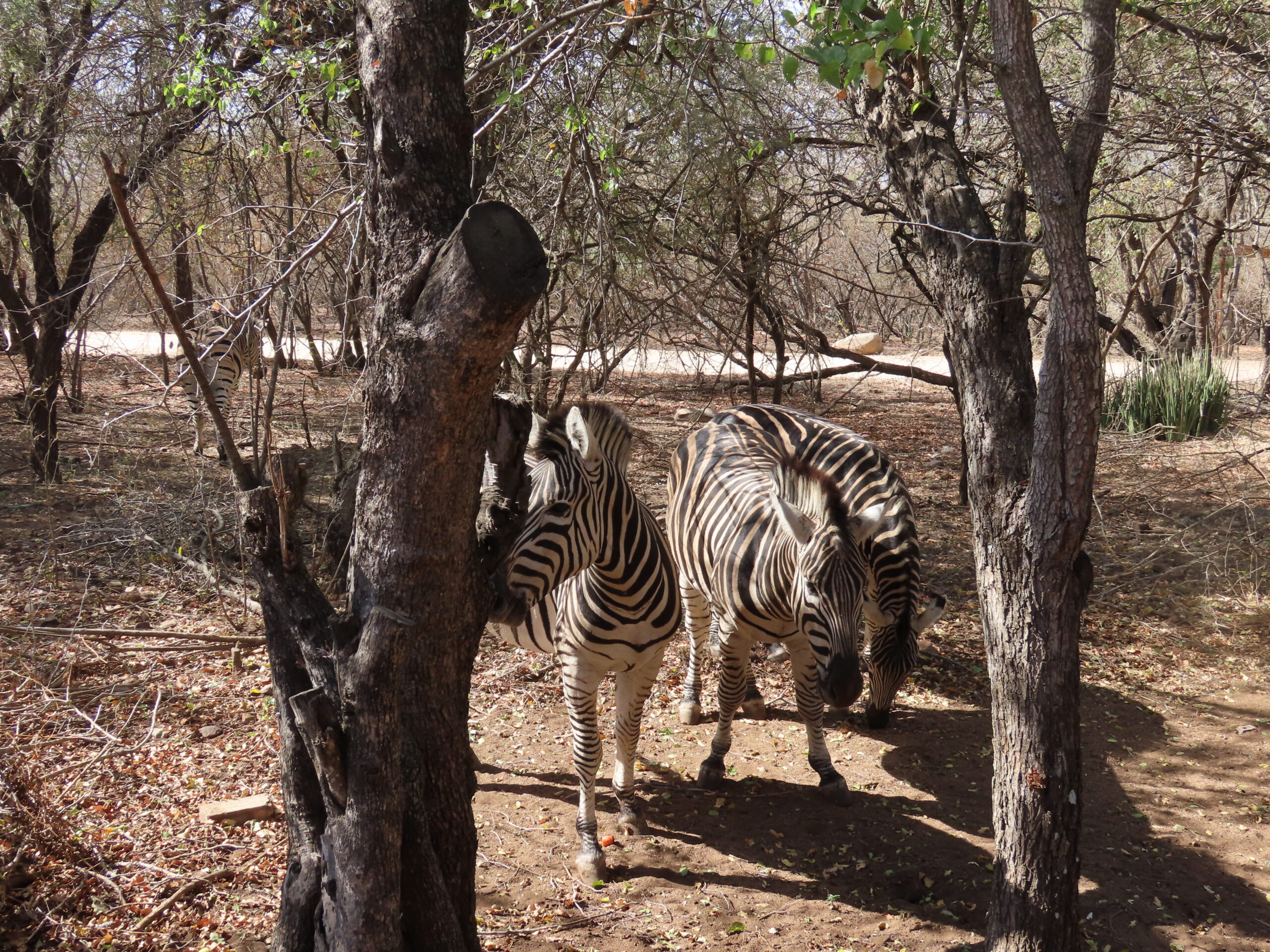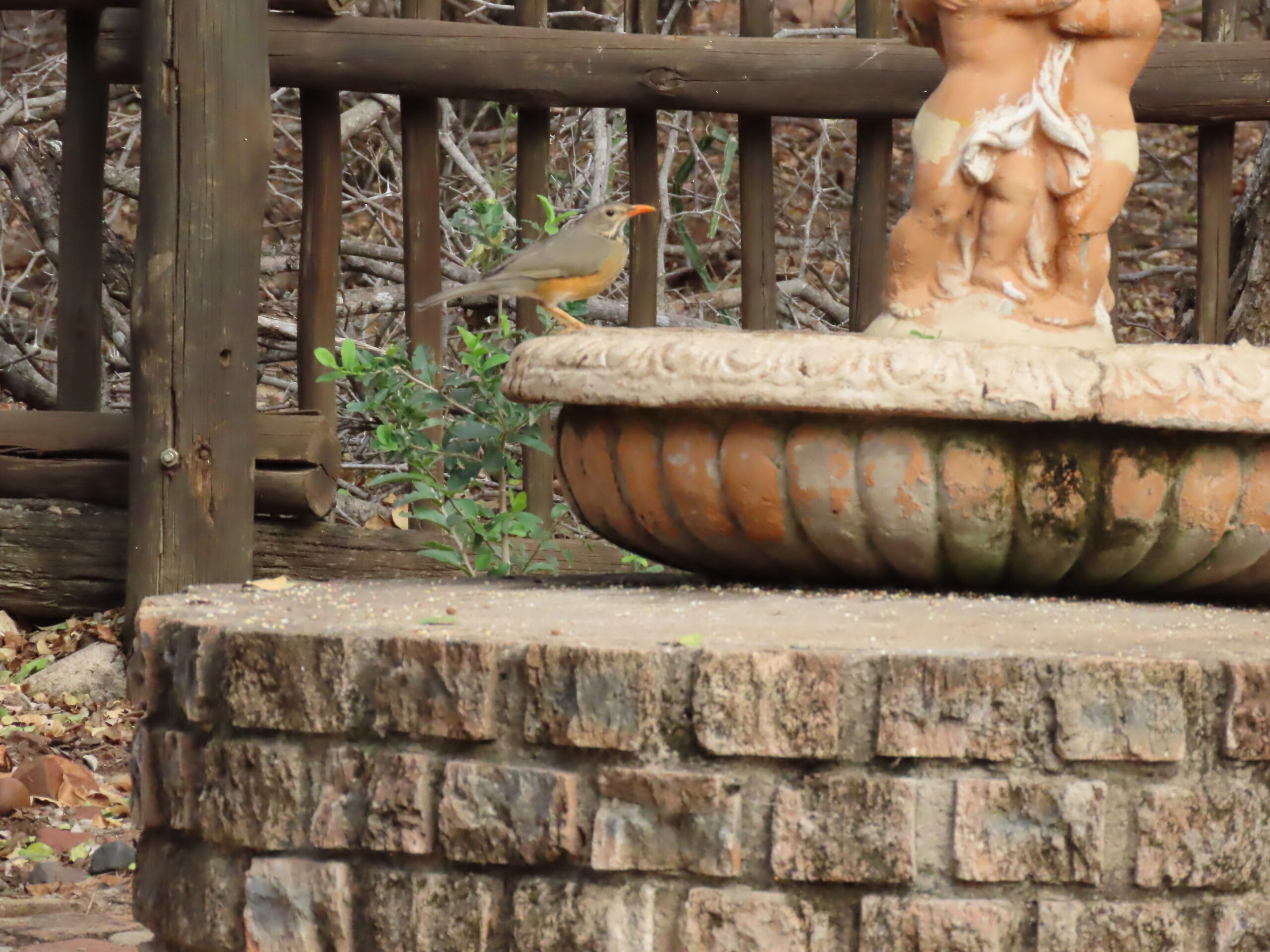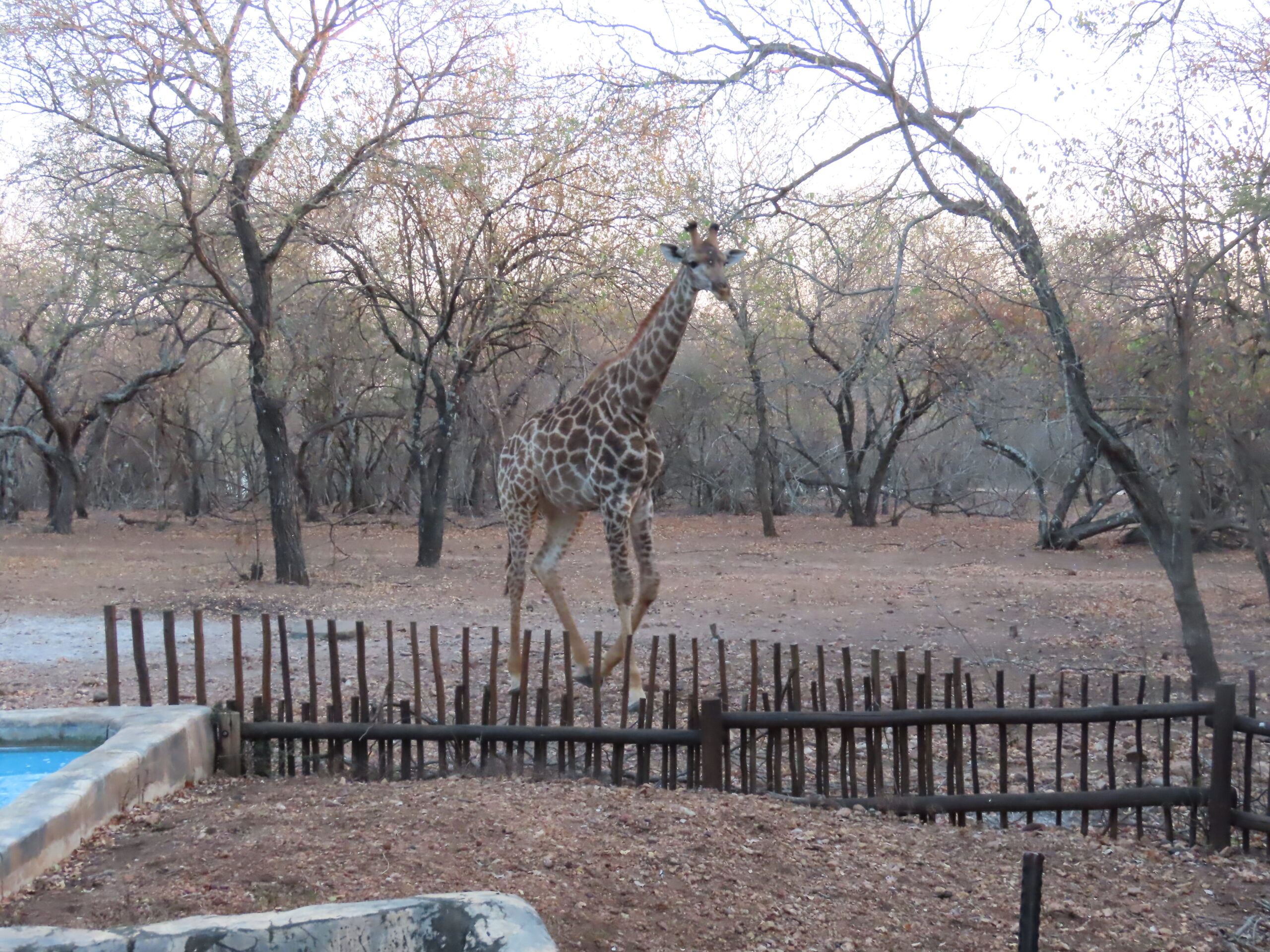
As much as we’d like to drift away from travel warnings, we feel it is imperative, at this time, to alert our readers to potential risks as they embark on travel throughout the world, including in the US. Even if this possible cease-fire is instituted and held, there is still a lot of hate toward Americans and citizens of other countries, which could result in terror attacks at any time.
Avoiding large crowds and venues that attract large groups should be a priority, along with taking personal responsibility to always check one’s surroundings. Please take a moment to read the article below. Doing so may save your life and the lives of those you love, as well as others.
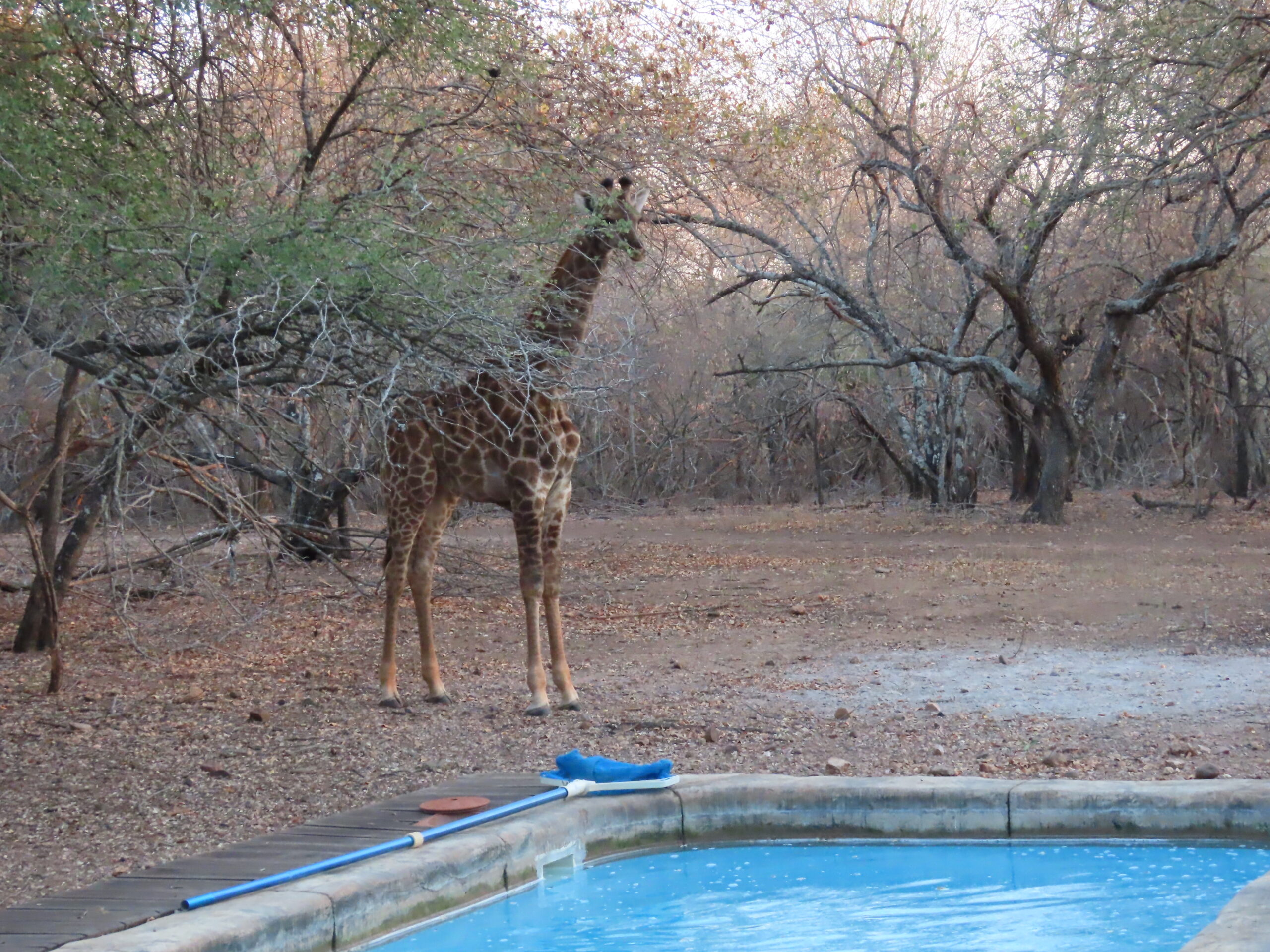
Here’s an article from Travel and Leisure posted yesterday on this site.
“The U.S. Just Issued a Global Travel Warning—What Travelers Should Know About the Worldwide Security Alert
Here’s what you need to know to make your next trip as safe as possible. By Stacey Leasca


